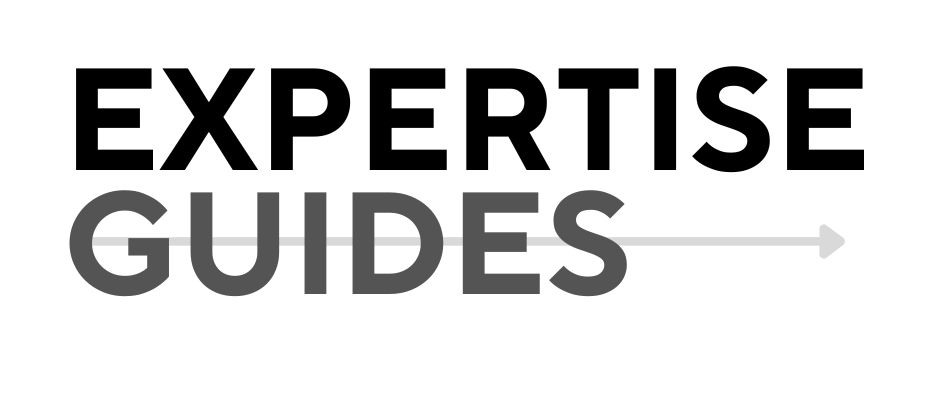Summary: Discover how aligning your organization can be a game-changer, transforming challenges into opportunities and giving you a competitive edge in dynamic markets.
Main Points:
– Highly aligned companies are 72% more profitable than their peers (MIT Sloan, 2020).
– Misalignment costs U.S. businesses over $450 billion annually due to lost productivity (Gallup, 2018).
– Leadership alignment is crucial, as it accounts for 70% of the variance in employee engagement (Gallup, 2019).
Introduction
Picture this: You’re in a bustling market, surrounded by opportunities, yet somehow your organization misses the mark. This was my reality when I first navigated the fast-paced business environment. We had ambitious targets but lacked the alignment to hit them. The disconnect was subtle yet pervasive, affecting our ability to act swiftly and decisively. It was a turning point that led me to explore how alignment could unlock our potential and transform market challenges into strategic advantages.
The Problem
Misalignment in organizations is like a silent saboteur, eroding productivity and squandering opportunities. Many companies experience this without realizing its full impact until it’s too late. Gallup’s 2018 report highlighted that disengaged and misaligned teams drain the U.S. economy of over $450 billion annually. This staggering figure underscores the urgency of addressing alignment issues, particularly in industries like healthcare, finance, and technology, where precision and cohesion are vital.
Why This Problem Exists
The roots of misalignment often lie in fragmented communication, unclear roles, and siloed departments. These systemic flaws create barriers that prevent teams from working in harmony. Leaders may struggle with defining a cohesive vision or fail to cascade strategic goals effectively across the organization. This dysfunction becomes even more pronounced in rapidly changing markets where agility is key. A study by Strategy& (2019) found that 65% of senior executives see C-suite misalignment as a primary obstacle to strategy execution.
The Solution
Achieving alignment is not just about fixing what’s broken; it’s about fostering an environment where every team member understands their role and the broader company mission. Tools like the Culture and Role Alignment Index can help diagnose misalignment and offer data-driven insights for improvement. By focusing on leadership alignment and cultural integration, businesses can build a foundation of trust and clarity. Organizations prioritizing alignment experience up to a 21% increase in profitability (Deloitte, 2022).
Breaking It Down
- Assess and Diagnose: Use tools like the Culture and Role Alignment Index to identify misalignment areas. Regularly gather feedback from employees to understand pain points.
- Leadership Alignment: Ensure that leaders communicate a clear, unified vision. This involves regular strategic workshops and alignment meetings.
- Cultural Integration: Foster a culture that values collaboration and diversity. Encourage open communication and celebrate cultural differences to enhance team cohesion.
- Role Clarity: Clearly define roles and responsibilities. This reduces duplication of effort and ensures everyone knows how their work contributes to the organization’s goals.
- Continuous Improvement: Alignment is not a one-time fix. Regularly review and adjust strategies to maintain agility in fast-changing markets.
Action Steps
Start with an alignment assessment to pinpoint where your organization stands. Engage leadership teams in workshops to refine strategic goals and communication methods. Foster an inclusive culture by hosting forums that encourage employee input and feedback. Finally, implement role clarity sessions to ensure everyone is on the same page about their contributions and responsibilities.
Conclusion
Alignment not only streamlines operations but also empowers organizations to thrive in competitive markets. By addressing misalignment, you unlock potential, reduce costs, and enhance your market responsiveness.
My Ask
What do you think? Share your perspective in the comments. If this resonates, tag someone who could benefit from these insights.
About Me
I’m passionate about helping organizations achieve strategic alignment, blending data-driven insights with practical solutions for sustainable growth.


